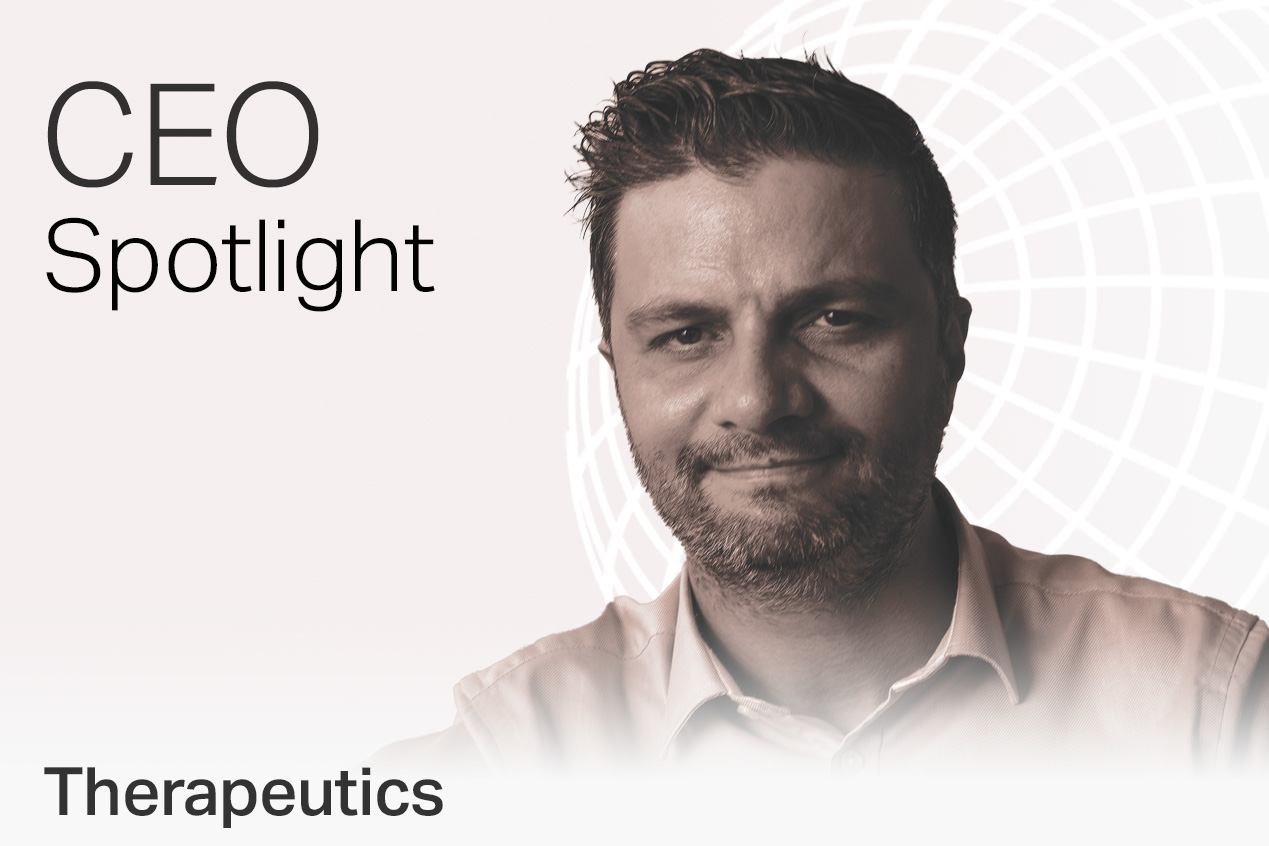
The Swiss inventor whose story is the internet

Swiss digital pioneer Peter Gloor is a leading network technologist who had a front-row seat to the early days of the World Wide Web. Today, he is driven by the desire to connect and improve the world.
Working on the same team as Tim Berners-Lee at the Massachusetts Institute of Technology (MIT), he was closely involved in the development of the World Wide Web. But he later turned down project offers from Berners-Lee, who is credited as its founding father, on more than one occasion. What makes Gloor tick now?
“My career is the internet,” Gloor tells swissinfo.ch in a café in sleepy Aarau, his hometown, during a visit to see his adult children in Switzerland.
Then he corrects himself: “Actually, the web, which isn’t the same thing, but many people don’t know that.”
Soldering chip cards
After studying mathematics at the University of Zurich in the mid-1980s, Gloor did an internship at IBM, then a doctorate in computer science.
The internet had existed since the end of the 1960s, following the development of electronic computers. But the World Wide Web — a specific information system on the internet — hadn’t yet been invented. Gloor was one of the first people in Switzerland to send data packages from one computer to another via hardware.
“At the time, we wrote programmes to transfer data to another computer via a modem,” he says. “This was the precursor to networks. There was an old telephone and a huge computer box with chip cards in it. We still had to solder some of these ourselves. Then the data travelled over the phone line.”
Turning down Tim Berners-Lee
In 1989 he wrote a book about hypertext and hypermedia. Hypertext is an old concept of internal text references that took on a new dimension with the advent of the personal computer. Gloor gained international notoriety in the computer science community with his work. Then, having discovered that MIT was the cradle of the internet, he became determined to build an academic career in the United States.
The lucky break came in 1991 when his “Cybermap” paperExternal link was accepted at the prestigious ACM Hypertext symposium. Cybermap was a kind of forerunner to web browsers, he explains. For the same conference, the now-famous Tim Berners-Lee had submitted his paper on the World Wide Web, but it had been rejected.
“Tim Berners-Lee, who was working at CERN in Geneva at the time, came to my table at the conference and observed that I was from Switzerland too,” he recalls. “Tim had read my paper, so he understood that we were addressing similar problems.”
Berners-Lee had brought copies of his paper to the conference and was circulating them. “Tim wanted to recruit me to further develop the web with him,” Gloor continues. “But I turned him down. I wanted to do my own thing.”
Later, Berners-Lee moved from CERN to MIT and joined Gloor’s team at the Lab of Computer Science. That was around the time that Berners-Lee founded W3CExternal link, his World Wide Web consortium, and secured the banking giant UBS as one of the first sponsors.
“Tim wanted to hire me as executive director for W3C, but I rejected his offer,” Gloor says. “I wasn’t particularly excited about setting up a company. I’d rather do fundamental research, so now I’m working with artificial intelligence.”
A home at MIT
After a few years at MIT, for family reasons, Gloor returned to Switzerland and took a job at UBS. “I introduced the internet there,” he says. He then went on to become a partner at PWC, and later, head of E-business at Deloitte, a position with a high salary but little vacation. In 2002, when the world of management consulting began to encroach too heavily on his free time, he returned to MIT.
“It’s well-known that the salary isn’t great there, but you can do a lot of other things on the side,” he explains. In addition to teaching at international universities, Gloor runs a software company with several employees. And like many successful scientists, he is a citizen of the world: he teaches in in the German city of Cologne, Santiago de Chile and Changchun, China.

Inventor of the Happimeter
Great thinkers throughout the ages have grappled with the question of human happiness and Gloor is no exception. This Swiss tech guru has developed the HappimeterExternal link, a kind of smart watch that measures the level of contentment of a person – or, ideally, of an entire community. The app collects data such as GPS location, heart rate, movement and weather.
Personal characteristics are considered in the evaluation, and users must indicate how they feel four times a day in order to train the algorithms. From this data, Gloor then calculates the Happy Index: an indicator of how happy users of the technology are overall.
Like various contemporary digital products, the Happimeter promises that technology knows more about us than we do. Its aim is to improve satisfaction within communities and teams with the help of data.
In Europe, which is sensitive to data protection, it will probably be more difficult to convince people to allow digital measurement of their emotions. However, Gloor has managed to get people to adopt the Happimeter in Cologne, Basel, India and Spain. “But those most willing to experiment are in the US,” he says with a smile.
Digitalisation – a force for good
At MIT, he has found his ideal workplace, one where he can follow his vision as an innovative researcher and entrepreneur by tapping into the power of networks.
When discussing controversial aspects of technology, he’s clearly an optimist, quick to cite Steven PinkerExternal link. The Harvard professor has shown that the world population as a whole is doing better today than it has for centuries.
That positive outlook also explains Gloor’s current passion for Collaboration Innovation NetworksExternal link, or COINs. COINs are digital social networks bound by a common vision. Participants with shared goals work together, exchanging ideas and information. Examples include the web, Linux and Wikipedia, although some COINs are mission or topic-specific.
Gloor is interested in how technology can support social innovation networks, whether globally, within organisations, or from person to person. His networks have made it possible to connect chronically ill people globally and have contributed to the reduction of infant mortality.
While many people worry about the negative aspects of increasing digitalisation, Gloor is busy delivering on its powerful potential for good.

The SWISS DIGITAL PIONEERS series presents portraits of interesting Swiss figures abroad or with international connections, who recognised at an early stage the potential value of the internet and used it to build their success story.
Peter Gloor is the second Swiss “digital pioneer” to be featured in a monthly portrait series by swissinfo.ch. See here for part one.
Author Dr Sarah Genner is a media researcher and digital expert. Her book ON | OFF was published in 2017.
Translated from German by Catherine Hickley, swissinfo.ch

In compliance with the JTI standards
More: SWI swissinfo.ch certified by the Journalism Trust Initiative





























You can find an overview of ongoing debates with our journalists here . Please join us!
If you want to start a conversation about a topic raised in this article or want to report factual errors, email us at english@swissinfo.ch.